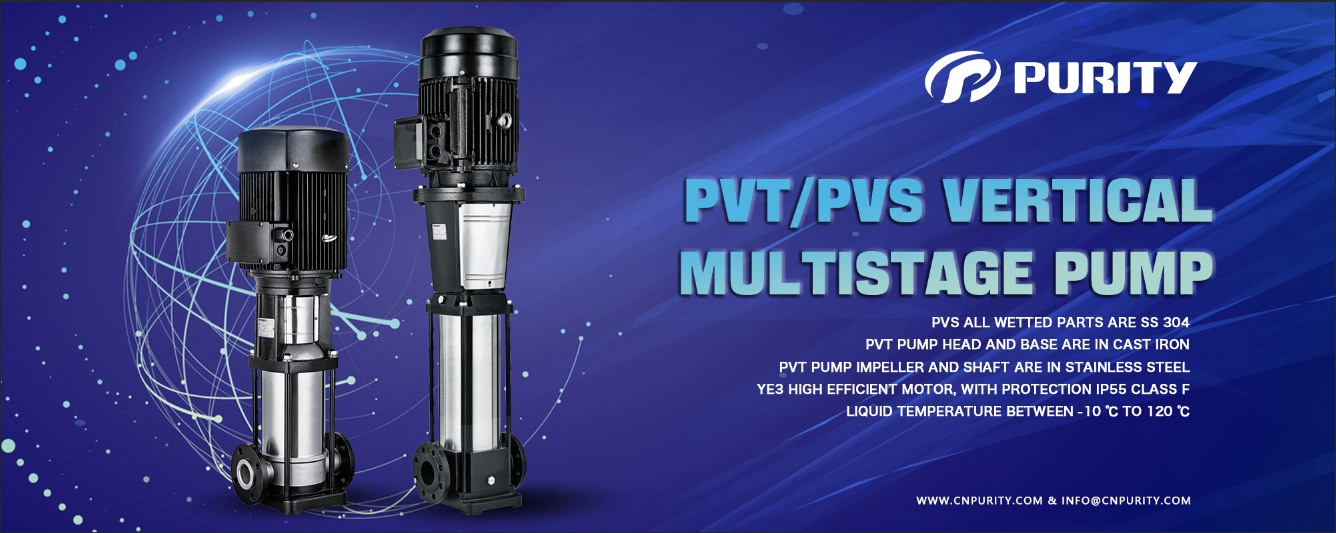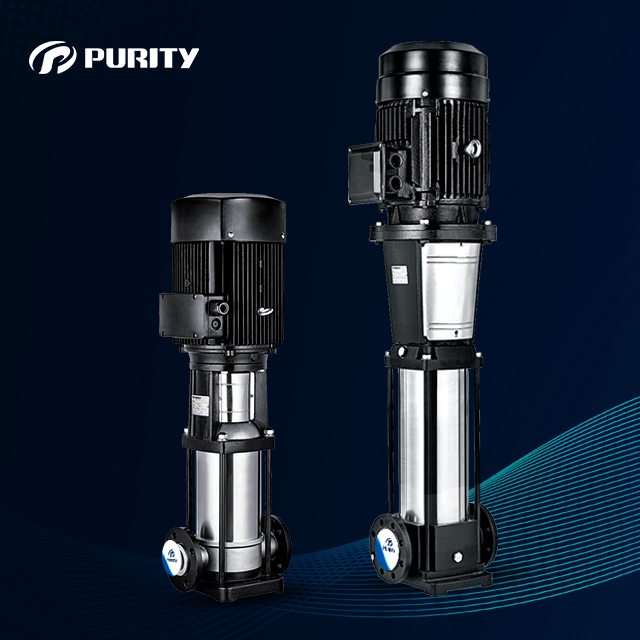Multistage pumps have emerged as a vital component in various high-pressure applications,revolutionizing the way fluids are pumped across diverse industries. These multistage pumps are designed with multiple impellers stacked on a single shaft,driven by one motor,much like a series of interconnected stages. This unique design enables pumps to generate high pressure while maintaining a constant flow rate, making them ideal for applications such as supplying water to high-rise buildings. Below, we explore the key advantages of multistage pumps and why they stand out in today’s industrial landscape.
 Figure| Purity Pump
Figure| Purity Pump
1. Enhanced Efficiency
One of the most significant benefits of multistage pumps is their superior efficiency. By employing several smaller impellers, these pumps achieve finer tolerances and higher performance levels. Each additional stage increases the pressure incrementally while minimizing energy loss, resulting in high efficiency and effective energy utilization. The pump’s design ensures that even with multiple stages, the energy consumption remains low compared to alternative solutions. This efficiency translates into significant cost savings over the pump’s operational life.
2. Compact Space Utilization
Multistage pumps offer a notable advantage in terms of space efficiency. The vertical configuration of multistage pumps, particularly in vertical models, allows them to stack stages on top of each other, utilizing a compact footprint. This design is particularly beneficial in applications where space is limited, as it minimizes the area required for installation. By reducing the horizontal space needed,vertical multistage pumps can be integrated more easily into existing systems, making them ideal for installations with space constraints.
 Figure| Purity Vertical Multistage Pump PVT/PVS
Figure| Purity Vertical Multistage Pump PVT/PVS
3. Higher Pressure Output
Multistage centrifugal pump excels in applications requiring high pressure. Each impeller or stage adds incremental pressure, enabling the pump to handle higher pressure outputs effectively. This characteristic is crucial for applications such as supplying water to the top floors of skyscrapers or other high-altitude operations. The ability to achieve significant pressure with a single motor and shaft makes multistage centrifugal pump an excellent choice for demanding high-pressure scenarios.
4. Reduced Head per Stage
Another advantage of multistage pumps is their ability to achieve lower head per stage. Despite having smaller impeller diameters, each stage can still deliver significant pressure while maintaining low head. This design feature helps in reducing the risk of leaks and improving the pump’s overall durability. By minimizing the head per stage, multistage pumps can effectively pump fluids to greater heights compared to other types of pumps, making them suitable for applications requiring long-distance vertical transportation.
5. Cost Savings
While the initial cost of multistage pumps may be slightly higher than other pump types, the long-term cost benefits are substantial. The combination of high efficiency, lower energy consumption, and reduced maintenance needs results in lower operational costs. The efficiency of multistage pumps ensures that the overall running costs are minimized, offering a cost-effective solution in the long run. For industries where pumps operate continuously, these savings can be particularly significant.
Conclusion
All in all, multistage pumps offer numerous advantages, including enhanced efficiency, compact space utilization, higher pressure output, reduced head per stage, and long-term cost savings. Their design and performance make them an excellent choice for high-pressure applications and environments with space constraints. By understanding these benefits, industries can make informed decisions when selecting pumps that meet their specific needs, ensuring optimal performance and cost-effectiveness.
Post time: Sep-04-2024



